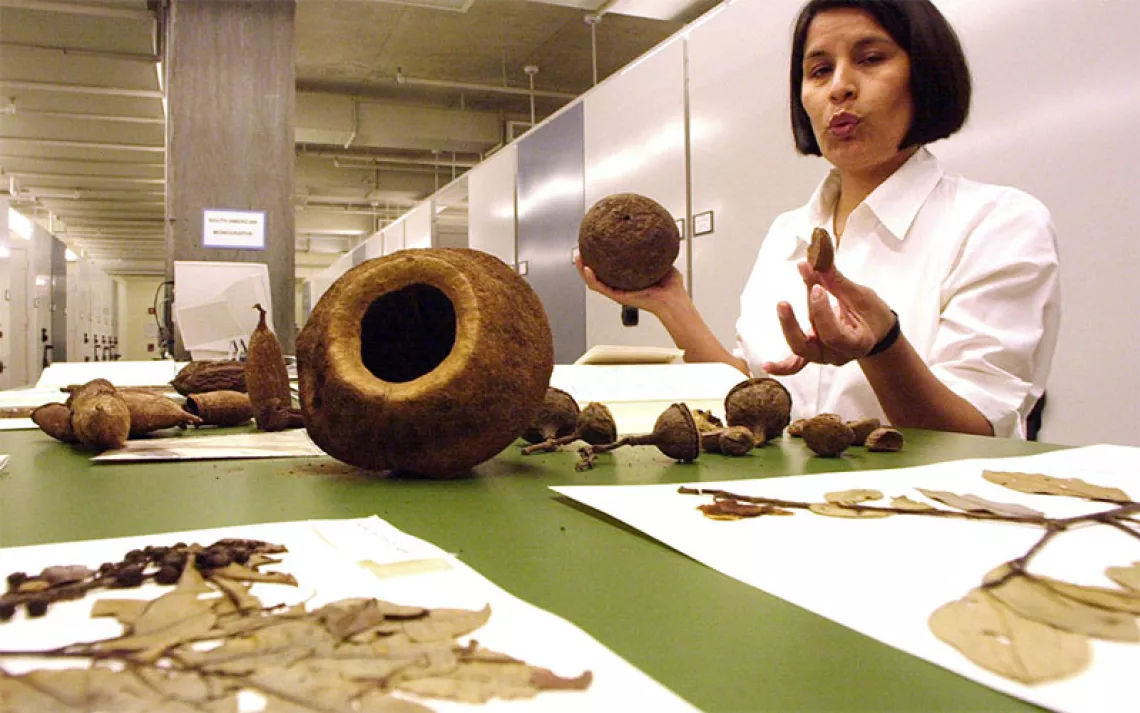Conservation Comes Out of Its Shell
A group of concerned citizens made their road safer for reptiles and amphibians

Photos courtesy of Long Point Causeway Improvement Project.
One of Rick Levak’s earliest memories of Long Point—a sand spit jutting into Lake Eerie that is home to an Ontario Provincial Park, wildlife refuge, and hundreds of vacationers—was seeing the carcasses of smashed turtles that failed to make it across the Long Point causeway. Built in 1921, locals constructed the 2-mile long road to the mainland to make access to the peninsula easier. But it also cut off the marshes of Big Creek National Wildlife Area from the Lake. That meant in the spring, snakes, salamanders, frogs, and especially turtles had to cross the busy causeway—now County Highway 59—to make it into and out of their breeding areas in marsh. In fact, by one estimate, 10,000 animals per year lost their life on the tiny stretch of highway.
Levak never stopped vacationing on Long Point, which is now a UNESCO World Biosphere Reserve. Ten years ago he, biologist Scott Gillingwater, and other locals decided the turtle carnage had to stop. That’s why they launched the Longpoint Causeway Improvement Project, an attempt to keep the herps off the road and make drivers more aware of their presence.
Now a new study shows that their years of work have paid off. Turtle mortality is way down; even more, the project serves as a model for making other areas more turtle friendly. “It’s something everybody got accustomed to: the annual spring slaughter of turtles on the road,” says Levak. “We didn’t know if there was anything that could be done about it but we were determined to find out. We did our homework and found techniques and technologies to help us tackle that problem.”
Those techniques included installing a turtle-proof fence along the public areas of the road to keep turtles out. Even more important was the installation of 12 culverts or eco-passages of various sizes along the causeway that turtles and other reptiles and amphibians could use to move between the lake and the wetland. The culverts also served another purpose: allowing lake water to move into Big Creek to refresh the wetland, something it hadn’t experienced for 90 years.
According to a study in the journal Wildlife Society Bulletin, researchers looked at road mortality for turtles five years before the fencing was installed and the five years after. They found that the number of smashed turtles was down by 89 percent and snake fatalities were down 28 percent.
The scientists also fitted endangered Blanding’s turtles as well as midland painted turtles with sensors, monitoring how the animals use the culverts under the roads and what type of culverts they prefer. “Turtles ended up using all of the culverts,” says co-author Gillingwater. “It showed the money, effort, and time to install them were well used. The results we found were tremendous. We weren’t sure the large snapping turtles would use the small culverts, but we found them in there, and we found map, painted, and Blanding’s turtles in the large culverts. In the long term, we can only expect more animals will use them given time.”
Large aquatic culvert after installation, 2013.
While most people are supportive of the project now that they’ve seen the results, the group actually had some local resistance to the idea of adding culverts under the road. “Some people said, ‘We’ve been running over turtles for years and they’re still here,’” says Levak. “They probably said the same thing about the buffalo. Someone said, ‘We’ve been shooting them for years and they are still here,’ right before they were gone.”
But the opposition actually taught the Long Point Project an important lesson: education and local buy-in are critical for a successful project.
Andrew Badje, a conservation biologist with the Wisconsin Turtle Conservation Program, one of the few projects in the United States that monitors turtle crossings and fatalities, explains that turtles don’t recover from so many deaths. The turtles are smaller, and the population of breeding-age turtles slowly dwindles. “Road mortality is one of the leading causes of decline because it impacts large breeding females,” he says. “If you get rid of a population’s reproductive source there’s not chance to build up the population.”
Levak and Gillingwater hope some of the lessons from Long Point will influence Badje and other conservationists looking out for turtles. For instance, through years of trial and error they found a thick black recycled plastic that seems to work well as an affordable fencing material along the windy causeway. They discovered that culverts made of a polymer concrete blend that allows light into the tunnel from the top, encouraging more turtles to use them. Even taking down “Turtle Crossing” signs in the winter and bringing them back in the spring keeps the warning from blending into the background.
Now that the project is more or less completed, Levak says the group is hopefully passing maintenance of the fence and culverts to the county highway department. But they are still excited and passionate about sharing what they’ve learned with others. “Anywhere a road runs adjacent to or bisects a wetland our lessons are applicable,” says Levak. “We want to let people know that something like this can be done by Joe Citizens getting together and saying let’s change things.”
 The Magazine of The Sierra Club
The Magazine of The Sierra Club



